
By Li Chen
Globalization, Geopolitics, and Hong Kong’s Role as an International Financial Center
Global political economy is undergoing a profound structural transformation and paradigm shift. To understand the evolution of international financial centres at this juncture, we need a long-term historical perspective to interpret our current environment.
Modern globalization can be roughly divided into several stages: the first wave of globalization took place in the late 19th century and early 20th century, built upon British hegemony and the expansion of Western colonial powers. Between World War I to World War II, the political foundation of globalization collapsed and the world economy experienced drastic restructuring and retreated from globalization.
Following World War II, a new global governance regime was established to enhance international cooperation, security and prosperity. While the Cold War divided the world ideologically and geopolitically, the competition between the United States and the Soviet Union unfolded largely within the post-World War II global governance regime. A new wave of globalization started to take shape during this stage, with greater depth and scope than before.
After the end of the Cold War, the international system has shifted towards new forms of complex interdependence among major powers, with the rise of global supply chains, the deepening of intra-product specialization, and the expansion of financial globalization bringing about huge flows of international trade and investment. Hong Kong's emergence as an international financial center owes much to this wave of globalization.
Since the 2008 global financial crisis, the global order has entered into a new phase of restructuring. The political support of globalization has been weakened by the rise of protectionism and nationalistic populism. The global networks of complex interdependence are under huge pressures to be reorganized.
From a historical perspective, geopolitics and security have played a fundamental role shaping the rise and fall of international financial centers. In the 17th and 18th centuries, Amsterdam was the leading international financial center, but it rapidly declined following the Napoleonic Wars and the French occupation. Its role in international finance was relegated to the background by London and Paris in the 19th century.
The 19th century witnessed London’s emergence as the top international financial centre. It was built upon the dominant position in the world economy and greater power competition that Britain had established after the Napoleonic Wars. The ambition of Paris to rival London as an international financial centre in the mid 19th century was put to an end by the Franco-Prussian War, and the gap between Paris and London widened.
The global order was radically reshaped by two world wars and the great depression. With the rise of the United States, New York replaced London as the top global financial center in the 20th century. Benefiting from the development of the Eurodollar markets, London continued to serve an important global financial hub. Since the 1980s, the rapid growth of Asian economies riding a new wave of globalization has propelled the emergence of a number of new international financial centres in Asia, such as Tokyo, Hong Kong, and Singapore.
The development of international financial centres cannot be separated from the macro-environment of national financial capability and security, which depends on multiple pillars including the competitiveness of the real economy, the level of financial sector development and openness, the network of foreign relations and military capabilities, as well as the robustness of domestic financial governance system.
In terms of scale, as of 2020, China's GDP, calculated by purchasing power parity, accounted for 18% of the global GDP, and China accounted for 12% of the global trade, and surpassed the United States as the world’s largest trading nation. However, RMB only accounted for about 2.3% of global foreign exchange reserves. In comparison, the US dollar accounts for over 60% of global foreign exchange reserves while only contributed to 11% of global trade.
The current global financial system is characterized by a highly hierarchical and asymmetric structure, dominated by the US dollar and the US financial institutions. There are multiple levels of financial statecraft under this structure, including bilateral channels (such as the targeted use of financial sanctions and aid), and multilateral channels (the efforts to shape the rules of international regimes), as well as the broader ideological channel (to shape the dominant financial regulatory concepts, values and discourses). Across all these levels, the trend of politicization and weaponization of international finance has become increasingly evident.
Since the geopolitical environment of globalization is going through tectonic changes, financial policymaking at the national level needs to integrate the logic of development and the logic of security.
Financial security represents a country's ability to withstand internal and external shocks to its financial system. It represents a state of financial sovereignty that is relatively free from danger and external threats, with national interests not being jeopardized by financial means and channels. Financial security is a key component of national security.
To further strengthen Hong Kong's role as international financial center, we must strategically assess the challenges and opportunities brought about by the changing global environment, with robust preparation and stress-testing to navigate potential risks. As Sun Tzu's Art of War put it, "Do not rely on the likelihood of the enemy's not coming, but on our own readiness to receive him; do not rely on the chance that the enemy will not attack, but on the fact that we have made our position unassailable."
Hong Kong has unique advantages serving as a super-connector in China’s new "dual circulation” development paradigm. On the one hand, Hong Kong can further enhance its roles in bridging the economy of the mainland China with the rest of the world through “international circulation”. In the context of global supply chain restructuring amid geopolitical changes and technological innovation, Hong Kong can serve a leading hub orchestrating new networks of capital, talent, technology and production, especially in enhancing international trade and investment linkages under the "Belt and Road" initiative.
On the other hand, Hong Kong needs to further integrate into China’s “domestic circulation”, promote financial market interconnection with the mainland China, and promote the financial sector to better serve Hong Kong’s local real economy and innovation.
In addition, Hong Kong should play a key role in building a secure financial infrastructure that is compatible with international standards, and seizing opportunities presented by the digital revolution to promote financial technology (Fintech) and regulatory technology (Regtech) innovation. This will help enhance Hong Kong’s financial capability and security in the context of “dual circulation”.







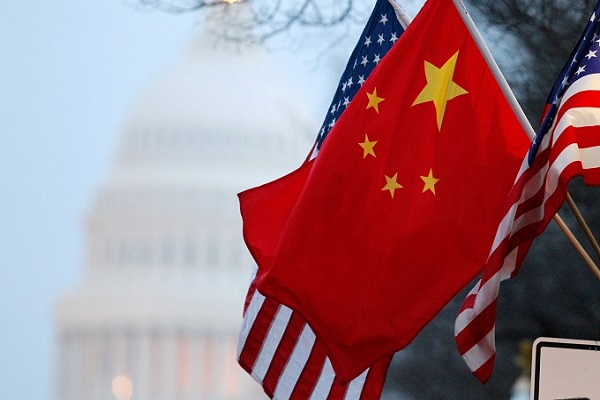



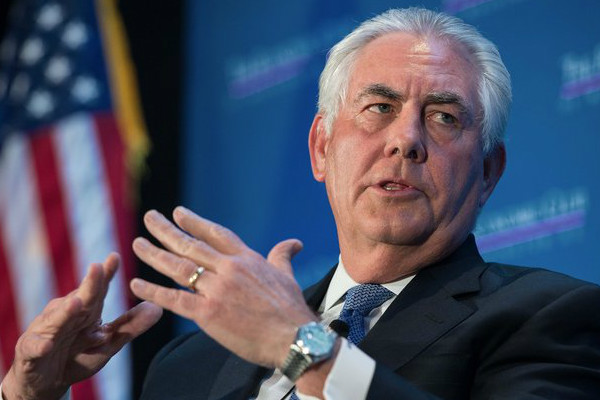








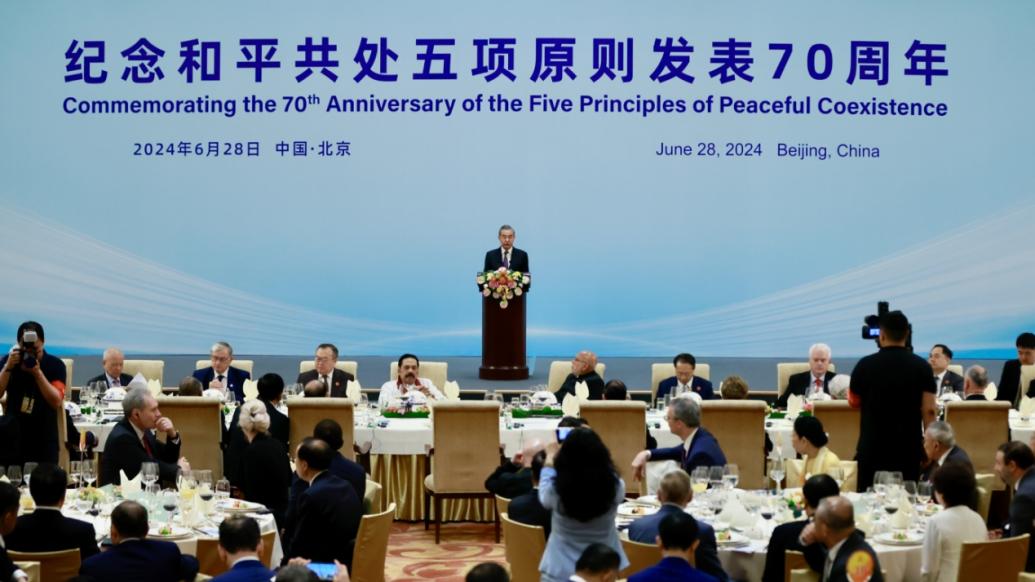

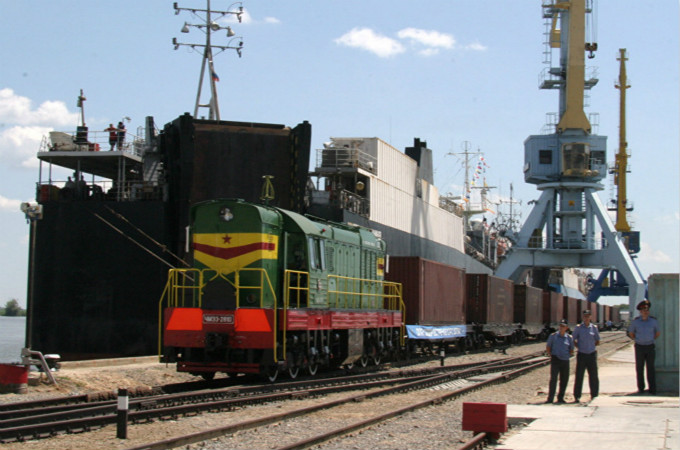



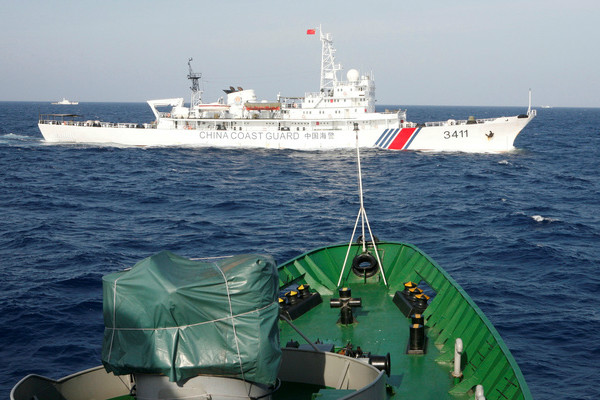

Leave a Reply
Your email address will not be published. Required fields are marked *